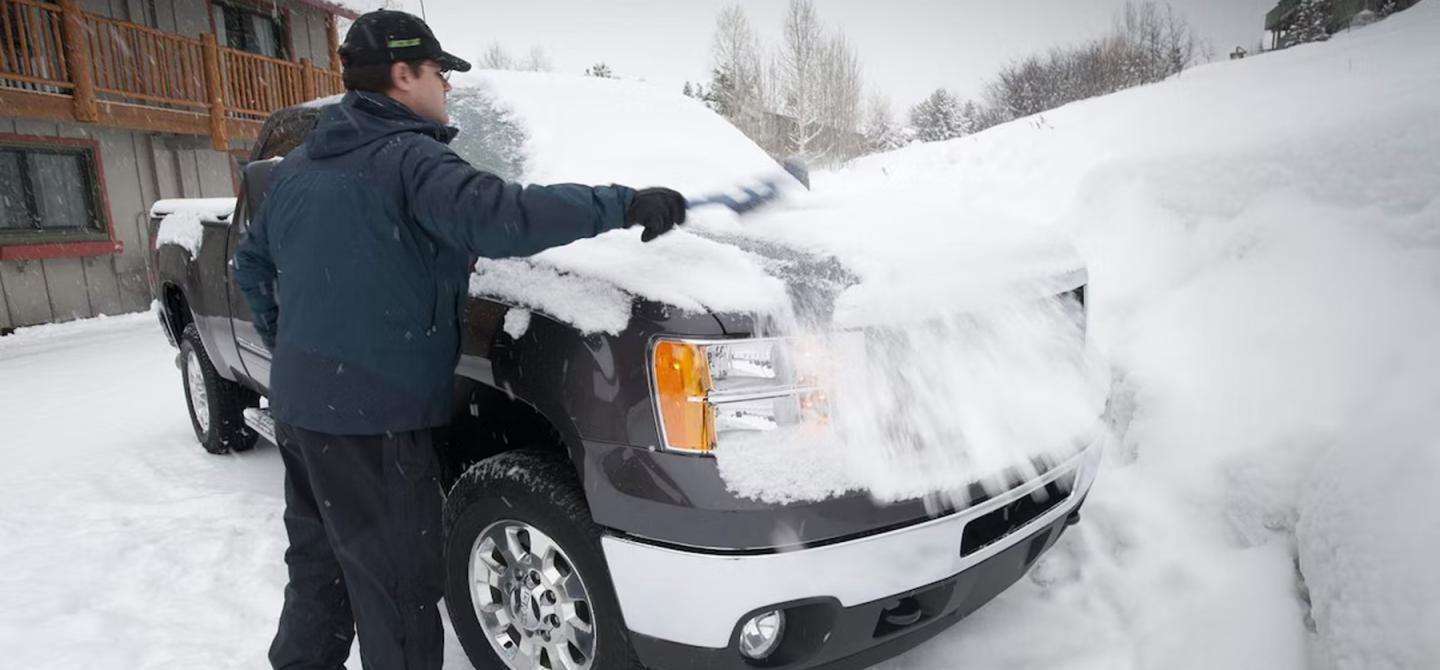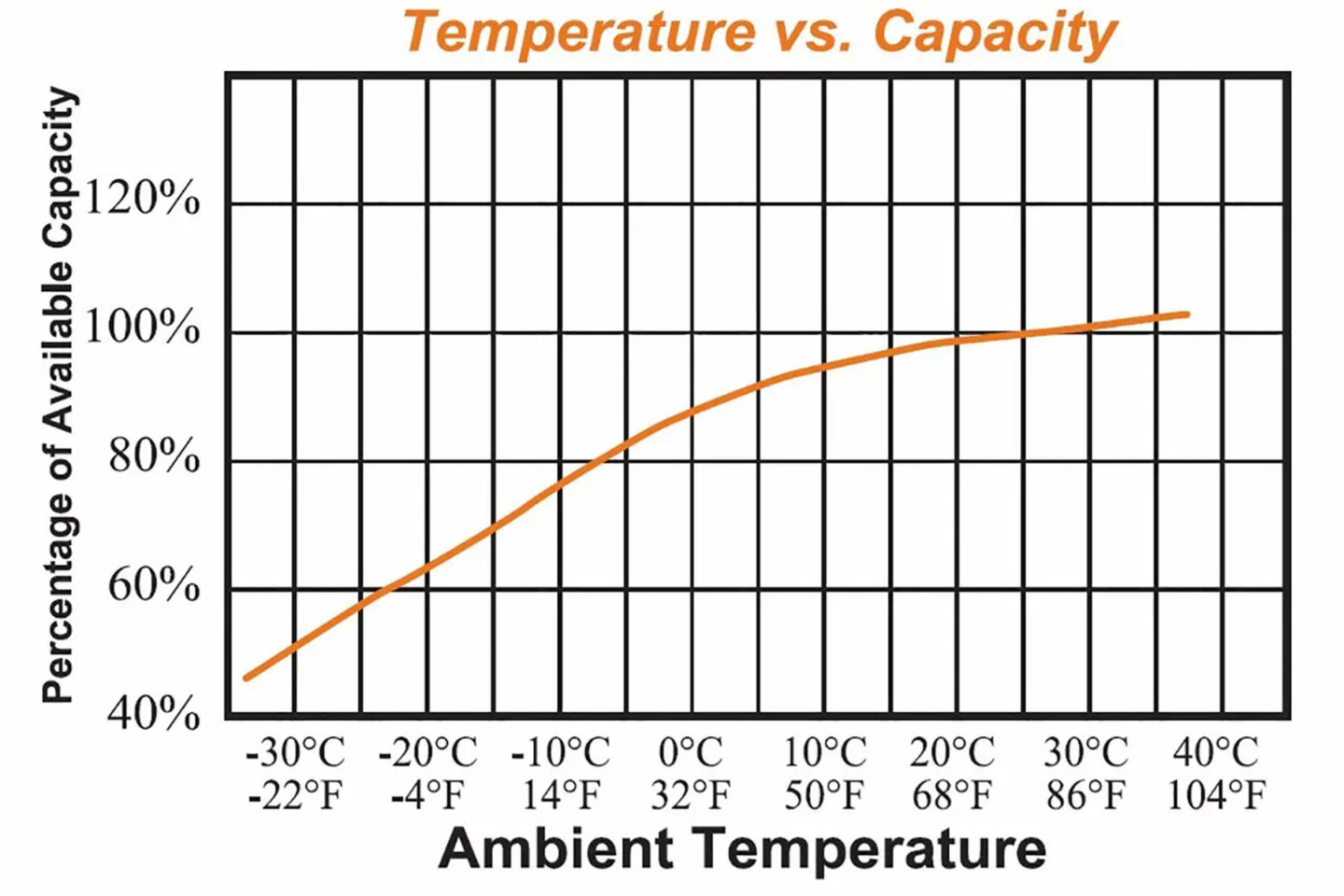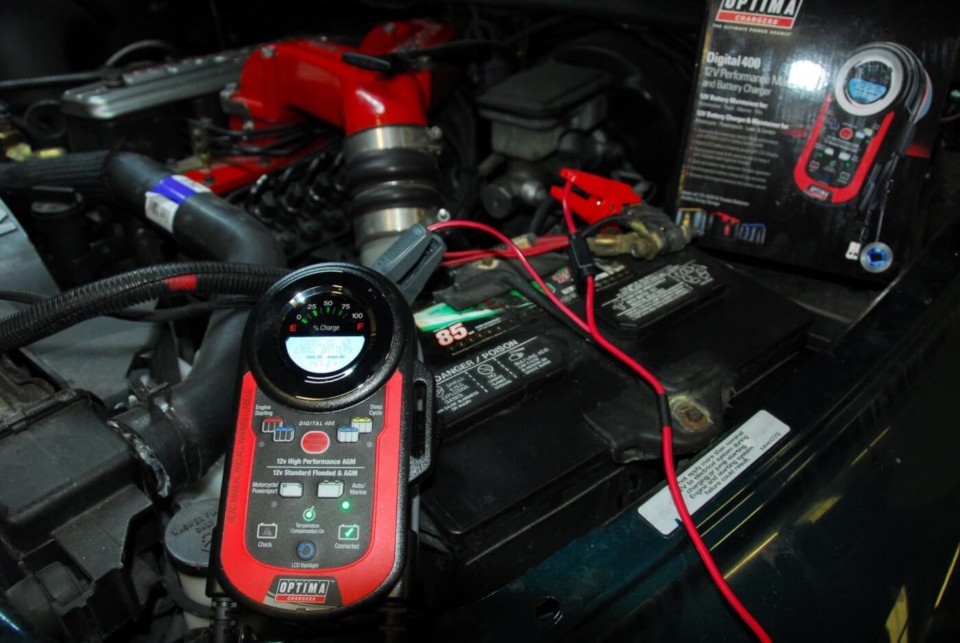If you live in an area that realizes temperatures cold enough to freeze the you-know-what off of you-know-who, then you practice the yearly ritual of getting your truck ready for winter. For many folks, that means plugging in the block heater at night, the addition of anti-gelling additives to fuel, and even ensuring the engine’s coolant has a sufficient level of freeze protection. But when was the last time you did anything to help protect your batteries?
While older diesel engines have glow plugs, many now utilize grid heaters that warm the plenum air before it is pulled into the engine. Both help “heat up” the combustion area to aid in engine starting, and both use the battery voltage to accomplish their task. If it’s extremely cold outside, it takes longer to warm up which in turn draws more voltage. If you’re not ready for winter and your battery or batteries are not up to the task, you could be stranded in your driveway and unable to go to work…
Lucky for you, we are friends with your employer, so we reached out to the folks at Optima Batteries to get some basic help, so your batteries stay in good health, and you are not missing any days at work.
Effects Of Temperature
It’s no secret that heat is the enemy of a battery. In fact, battery life can be reduced as much as half for every 15 degrees over 77 degrees Fahrenheit. This holds true for any type of lead-acid battery, whether sealed, Gel, AGM, industrial, or whatever. Basically, heat will degrade your battery, but it’s the cold of winter will make the degradation known.
A battery’s capacity (amp hours) will be reduced as temperatures decrease. This is why your truck batteries usually fail on a cold winter morning. If your batteries spend part of the year shivering in the cold, the reduced capacity has to be taken into account when sizing the system requirements. The standard rating procedure for batteries is achieved when at room temperature (about 77 degrees). At approximately minus-22 degrees, battery amp-hour capacity drops to 50 percent. At 32 degrees, that capacity is reduced by roughly 20 percent.
In short, truck owners might not realize how much the summer and under-hood heat has impacted battery performance until the first really cold winter morning twist of the key and the engine either turns over slowly or not at all.
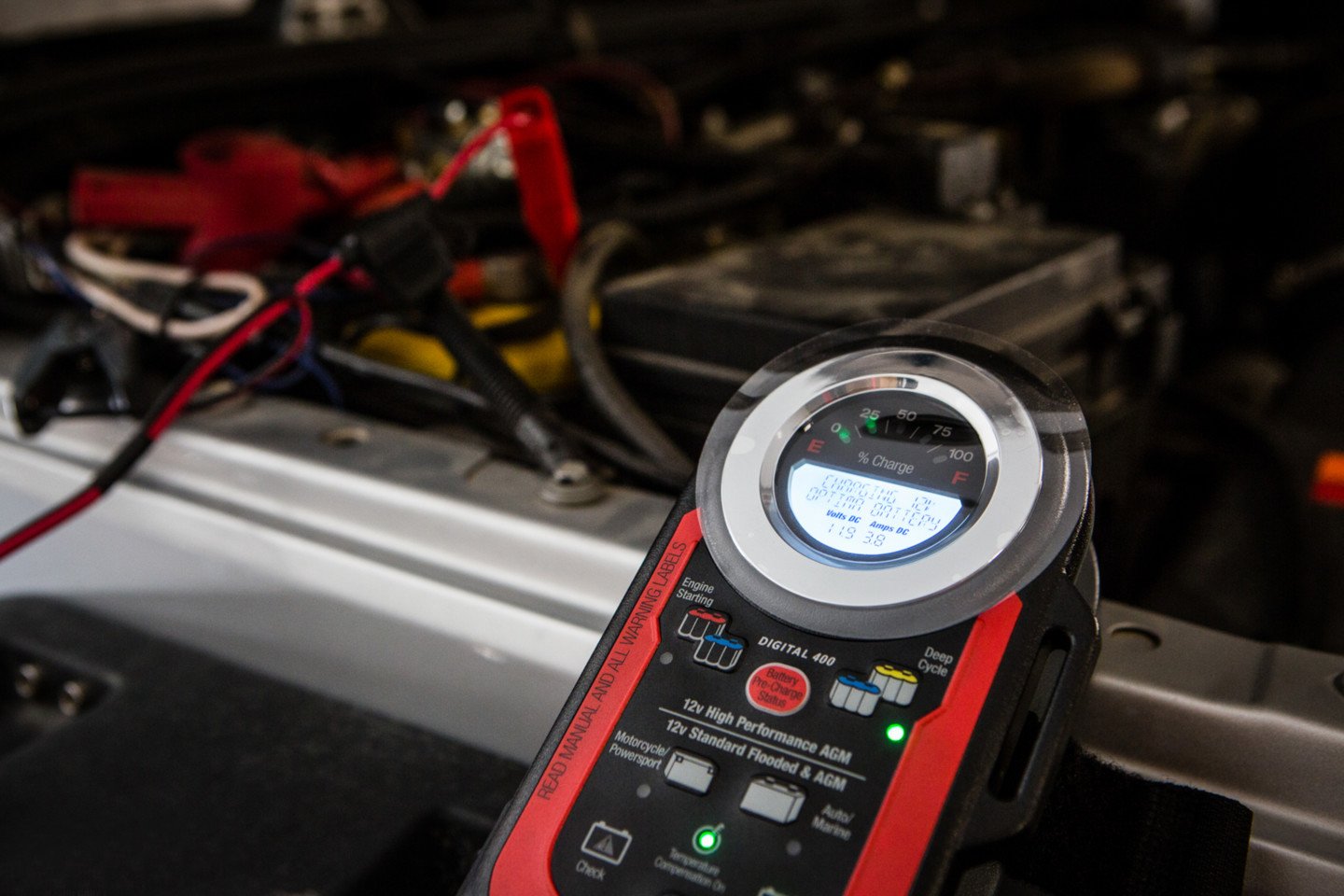
While a battery maintainer is not required for every night use, having one on hand could prove beneficial for those in really frigid climates.
Voltage Requirements
The first question we asked Jim McIlvane of Optima is, what is the worst thing a truck owner can do in regard to battery longevity? “Not maintain proper voltage in their battery. When fully charged, our REDTOPs will measure about 12.6 to 12.8 volts and our YELLOWTOPs will measure about 13.0 to 13.2 volts. Whenever any lead-acid battery is discharged below 12.4 volts and is left sitting in that state, sulfation begins forming in the plates, which diminishes both capacity and lifespan.
To say a battery is sulfated means it has a buildup of lead sulfate crystals on the internal plates. This is a leading cause of early battery failure in lead-acid batteries. Sulfation is easily preventable and, in some cases, the condition can be reversed.
There are two types of sulfation that you should know about. Permanent sulfation occurs when a battery has been in a low state of charge for weeks or months. While these can sometimes be salvaged, it is unlikely that restoration is possible.
Reversible sulfation can often be corrected by applying an overcharge to an already fully charged battery in the form of a regulated current of about 200mA. The battery terminal voltage is allowed to rise to between 2.50 and 2.66 volts per cell (15 and 16 volts on a 12-volt monoblock) for about 24 hours. Increasing the battery temperature to 122 to 140 degrees during the corrective service further helps in dissolving the crystals. However, only a trained battery technician should attempt this.
One of the easiest ways to prevent battery sulfation is proper battery storage. When a battery is stored — like during winter months — even if it’s stored at a full charge, a battery must be charged enough to prevent it from dropping below 12.4 volts. Applying a maintenance charge will prevent sulfates from building up. So that begs the question, what does Optima suggest truck owners do to protect the batteries in their trucks during cold winter months?
Check It More Often Than Not
“We recommend routinely checking your battery voltage once a month, but you should wait 12 to 24 hours after the vehicle has been driven, to make sure your battery doesn’t have a surface charge,” says McIlvaine. “If it’s not fully charged, hook it up to a quality battery charger or maintainer. If you check the voltage again a month later and find it is not fully charged again, your battery may need more frequent maintenance charging.”
Will connecting a battery charger every night help or is that overkill? According to Jim, “It will definitely help and if it’s convenient, go ahead. However, it’s probably not necessary in most applications. If you are running a plow truck, you’ll definitely want to keep a close eye on your battery voltage. Between auxiliary lighting, salt spreaders, a CB radio, and plowing small lots at low speed with lots of plow movement, your truck’s charging system may not be keeping pace with your electrical demands.”
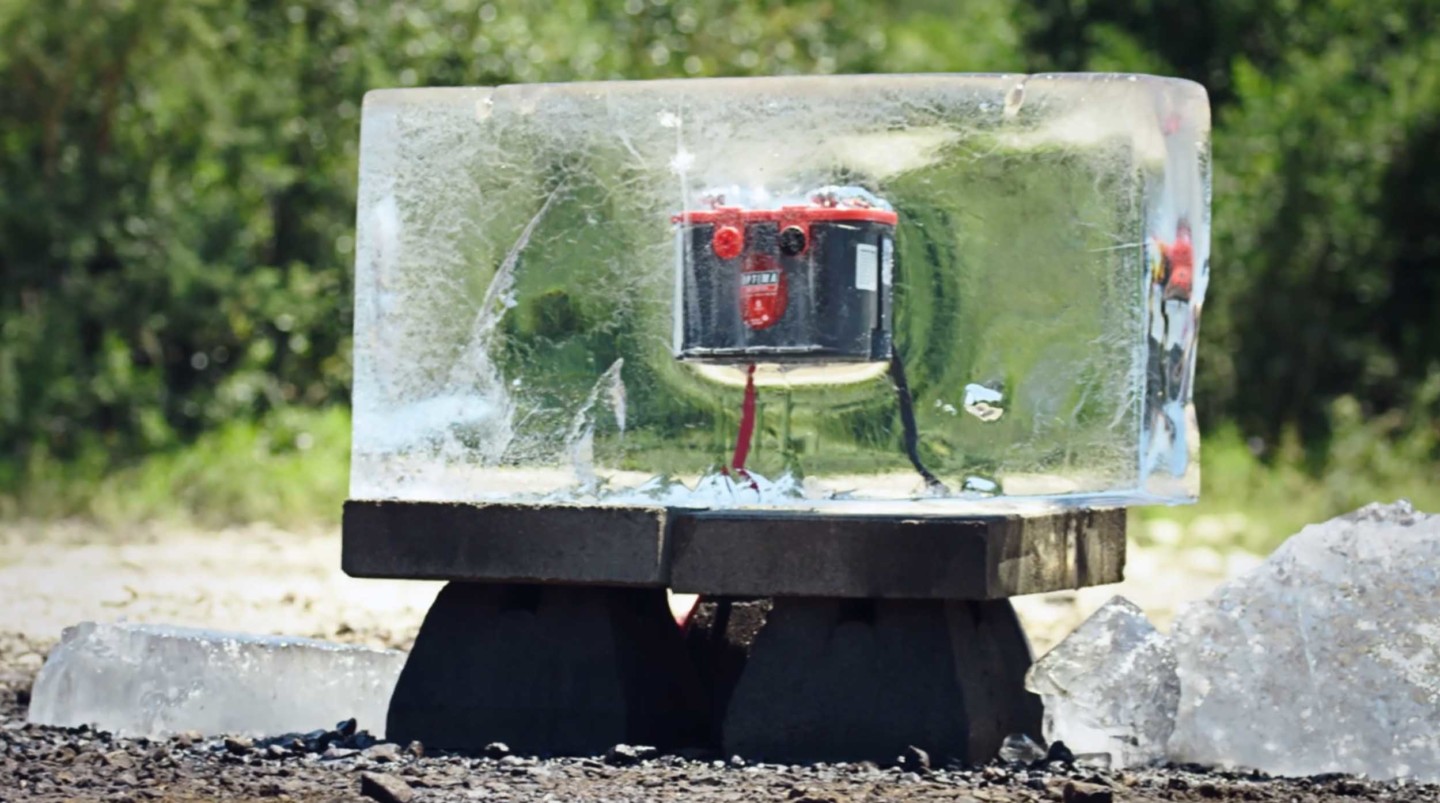
While I doubt the batteries in your truck will get this cold, it is always a wise idea to make sure they are in good shape before the cold of winter puts everything into a deep freeze.
If you’re like me and located in a warm climate, cold-weather startups are not an issue. However, I know of several truck owners in the northeast who have hooked male/female connections to their batteries which can easily connect to a maintainer when the truck is parked. This ensures a full charge every time the engine is started.
While winter battery maintenance seems straightforward, if you’re not sure whether your battery is ready for winter, take it to a local auto parts retailer and have them load-test it for you. Most will offer this service for free, and it can give you a good idea of whether or not your battery is ready for winter and if it will get you through until springtime.


